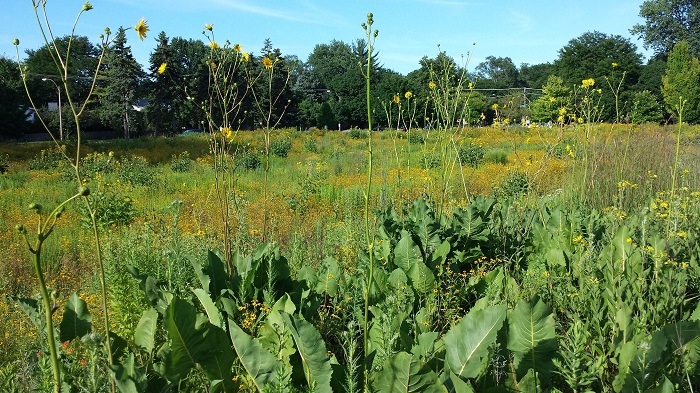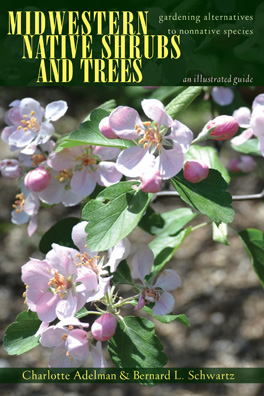July 8, 2017 – The Return of the Natives
![]() Just to be clear, today’s show has nothing to do with Thomas Hardy. It does, however, feature a couple of people whom I will have now interviewed on three different radio stations about three different books. That in itself is pretty interesting, if you ask me.
Just to be clear, today’s show has nothing to do with Thomas Hardy. It does, however, feature a couple of people whom I will have now interviewed on three different radio stations about three different books. That in itself is pretty interesting, if you ask me.
Back more than a decade ago, when I was at Gargantua Radio down the dial (aka WGN until their new owners decide to call it something different) I spoke to Charlotte Adelman and Bernard L. Schwartz their book, Prairie Directory of North America – The United States, Canada, and Mexico.
Five years ago, Adelman and Schwartz were again on my show, this time at Progresso Radio (sometimes known as WCPT), where they talked about their next book, The Midwestern Native Garden: Native Alternatives to Nonnative Flowers and Plants. That book was a winner of the 2012 Helen Hull Award from the National Garden Clubs.
Welcome to 2017: new radio station for me and a new book for the husband and wife team. It’s called Midwestern Native Shrubs and Trees, published by Ohio University Press. It is packed with information and photos about native Midwestern plants and the species that benefit from them–primarily insects and birds. They write:
Midwestern Lepidoptera (butterflies, moths), birds, and bees evolved with midwestern plants. They need each other to complete their life cycles. Each native tree and shrub in the backyard is a life-giving force. The huge benefits to wildlife in terms of reproduction, food, and habitat that each native plant provides cannot be duplicated by nonnative species. “Planting nonnative plants, like butterfly bush, in your yard is actually making it harder for the butterflies and birds in your neighborhood to survive.”
They also quote and invoke University of Delaware professor Douglas Tallamy, author of the game-changing Bringing Nature Home, when they say,
Birds and butterflies are naturally more attracted to native plants than to most exotic plants, because over thousands of years our local insects and birds have evolved to depend on indigenous plant for their food, reproduction, and shelter.
With this in mind, they dive in, dividing the book into seasons of the year as a way to introduce the benefits of native trees and shrubs. It is also telling that, in each section, they introduce the commons names for the nonnative plants first (accompanied by the scientific names), then offer the “native alternatives.” That speaks to the sad notion that most Americans don’t know the difference between a native and an exotic plant. As they explain,
It seems counterintuitive, but the majority of plants used in agriculture, forestry, and horticulture in North America are not native to the continent. One of the biggest–yet least recognized–impacts humans are having on urban habitats is a change in vegetation from predominantly native to nonnative species.
So it’s not that all nonnatives are invasive, like Bradford pear and burning bush, it’s that they are providing no sustenance to our native insect and bird species, which could result in catastrophic declines in population. It also doesn’t help that we are destroying our native habitat hand over fist and replacing it with–you guess it!–nonnative plants.

By the way, if you want to see the kind of work that Charlotte is capable of, do yourself a favor a head to Wilmette’s Centennial Park to see how she took a sunken patch of turf and created a small paradise of native plants. Now that’s a feast for our native animal species!
And this story tells how Adelman and Schwartz identified an overgrown remnant, historically called “Heart Prairie,” on North Lake, near Whitewater, Wisconsin and brought back some of its former glory.
This morning, I’m pleased to have them back on my radio show once again.

